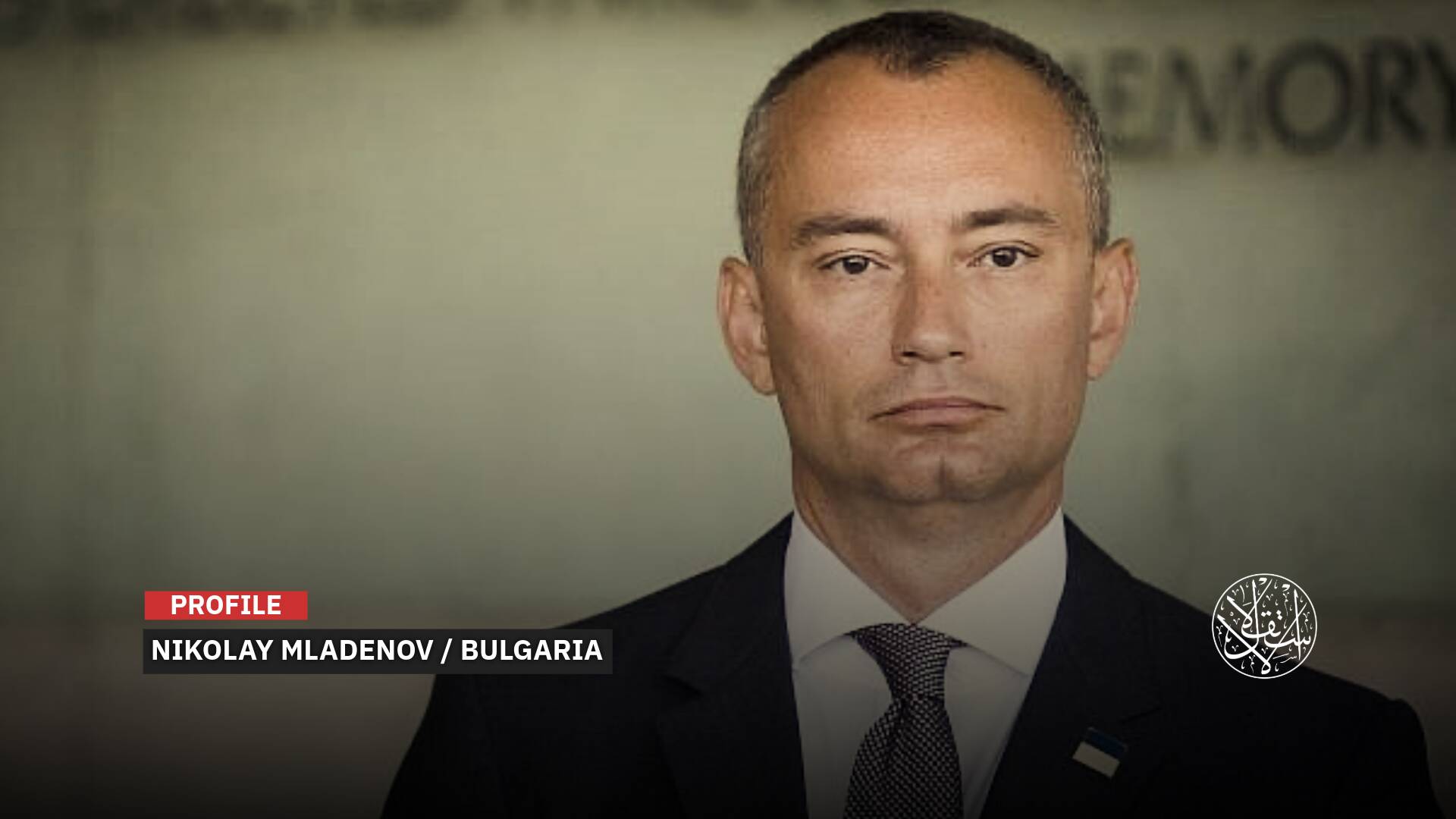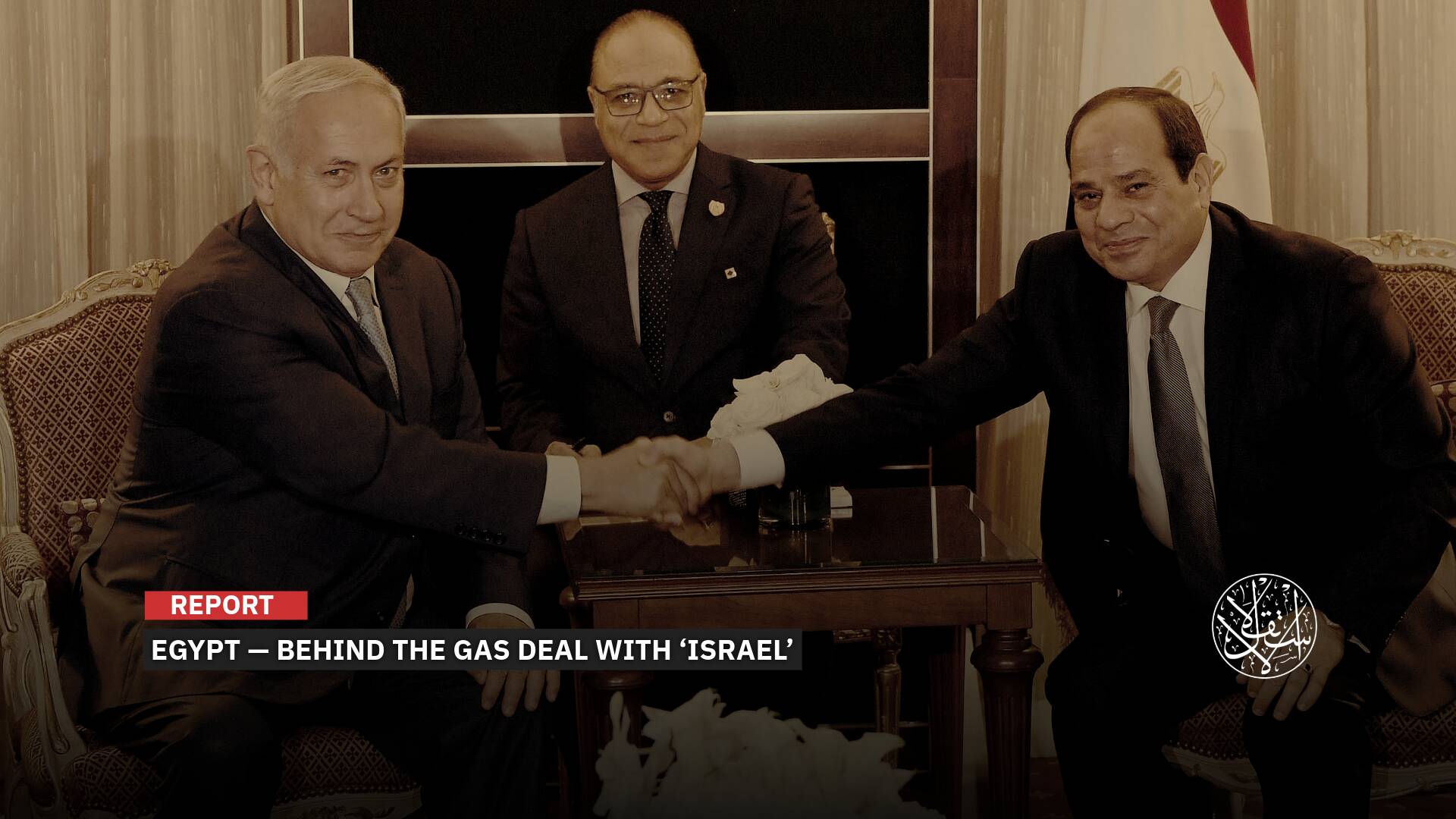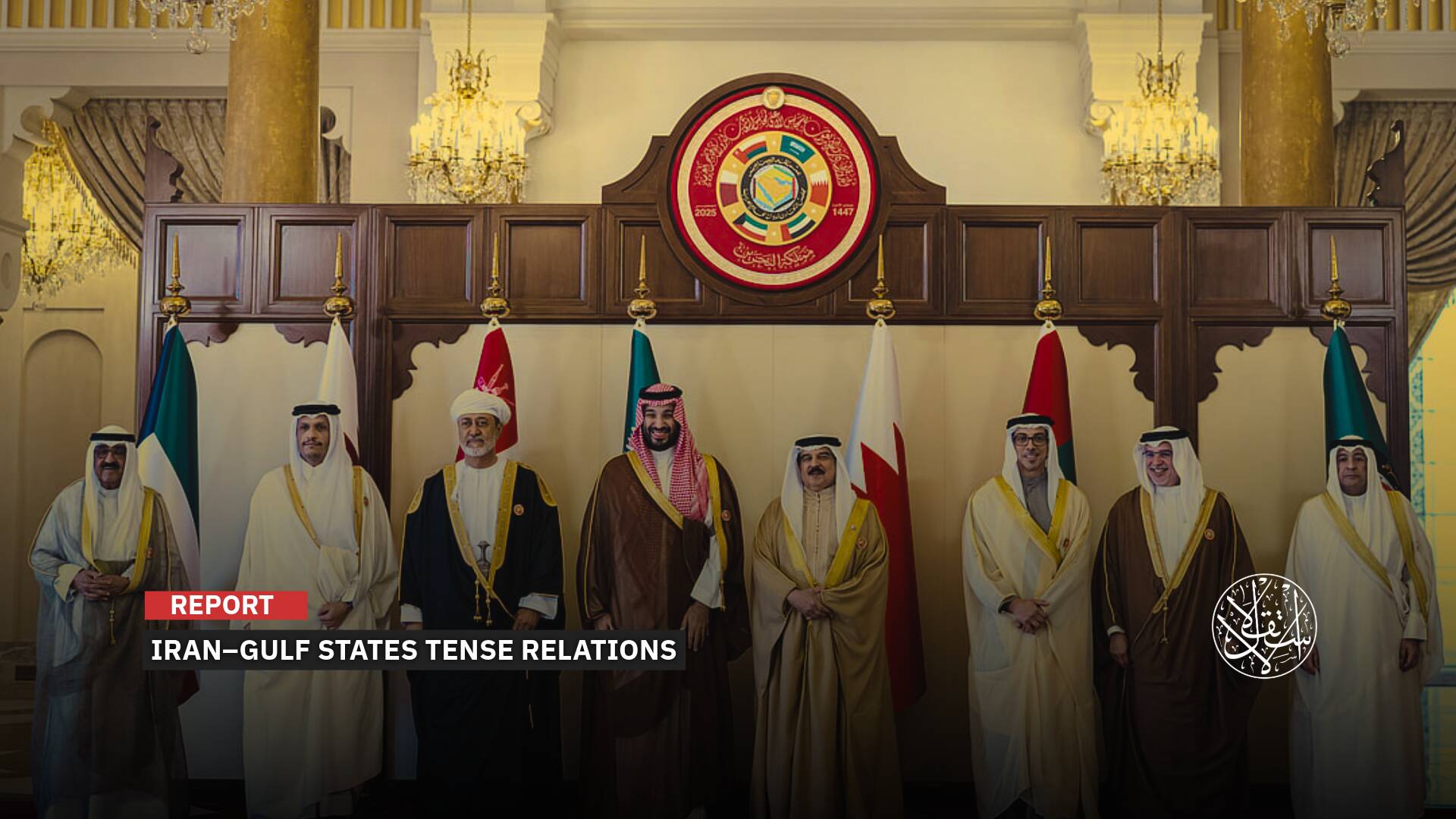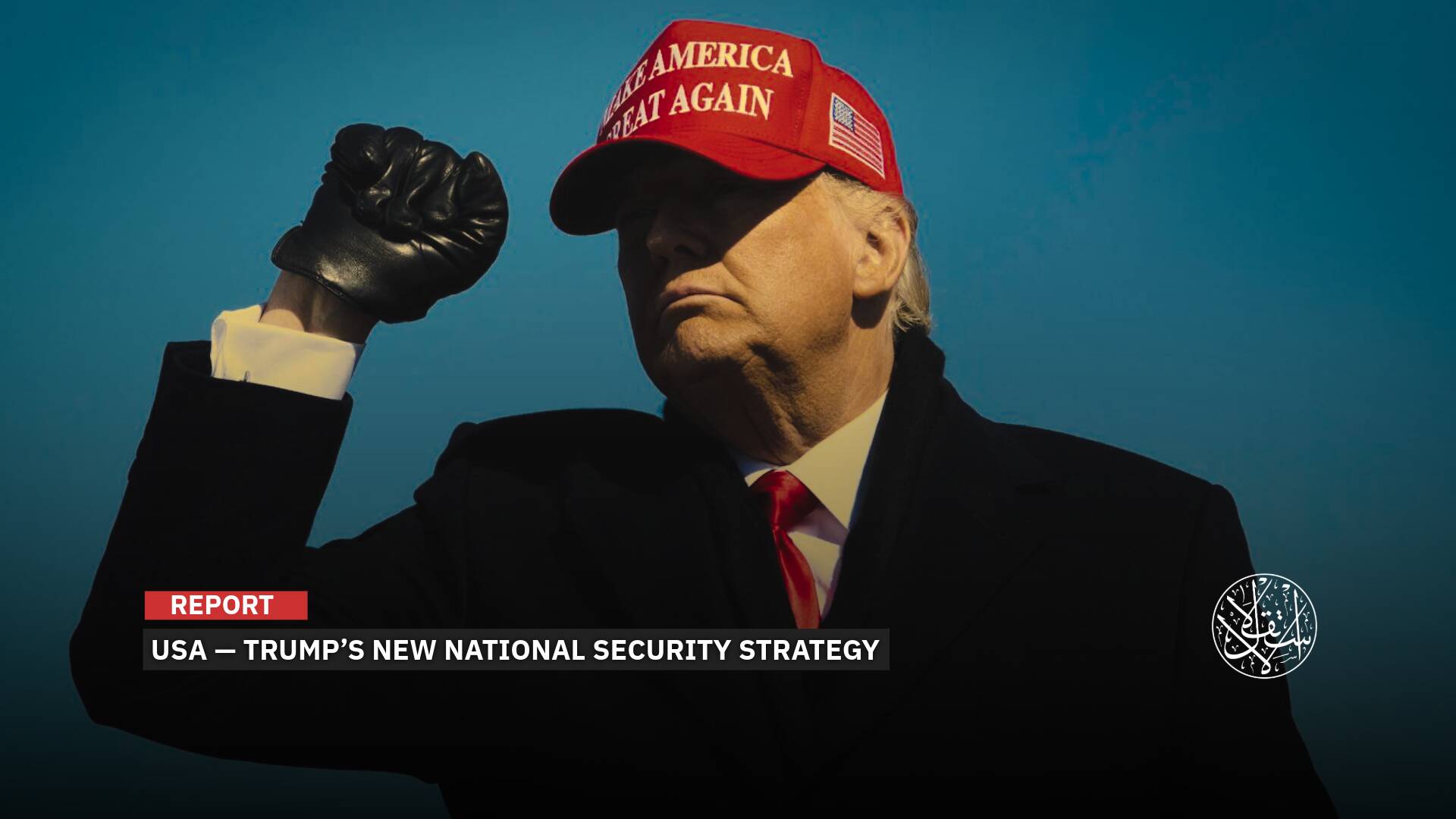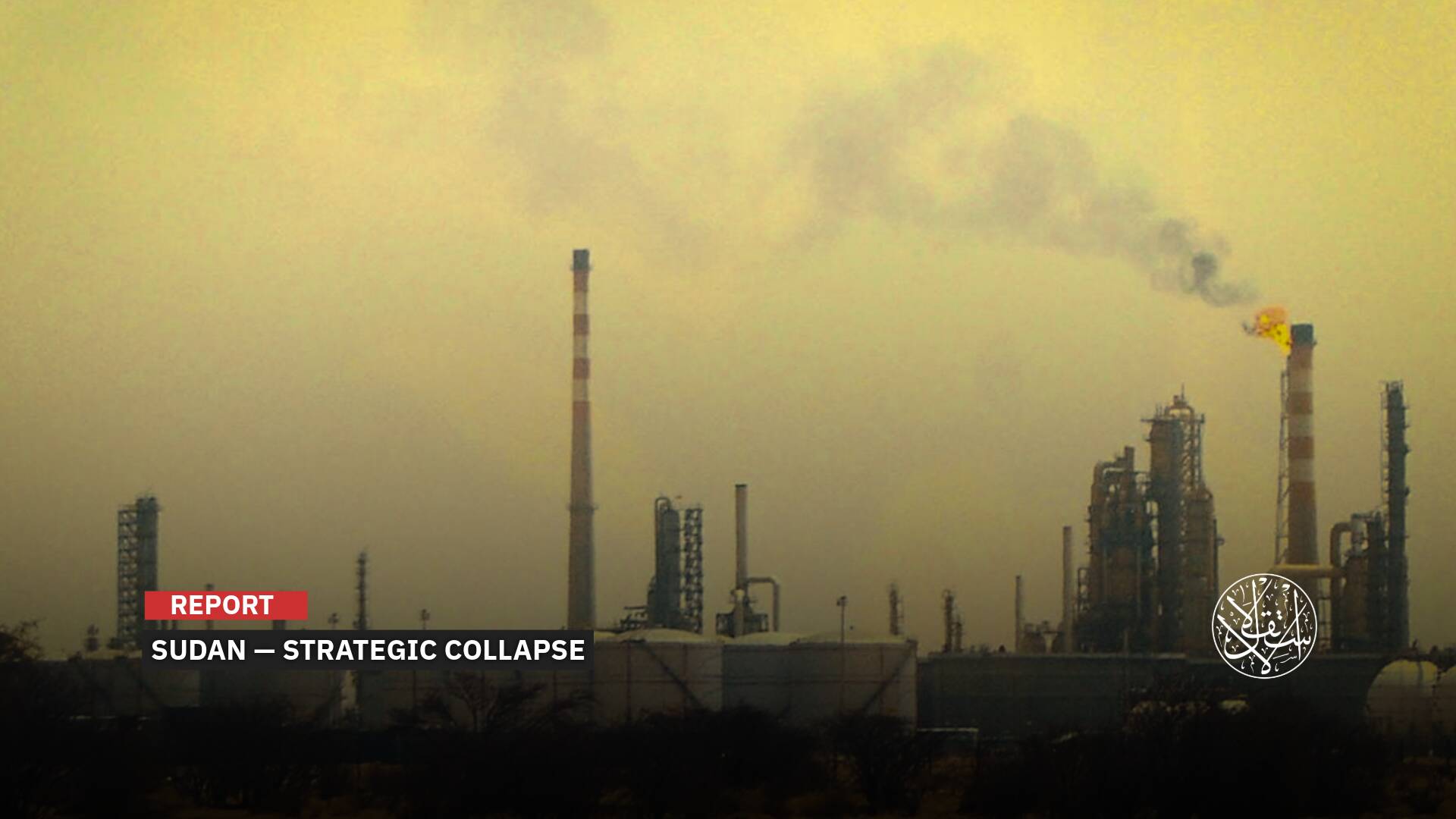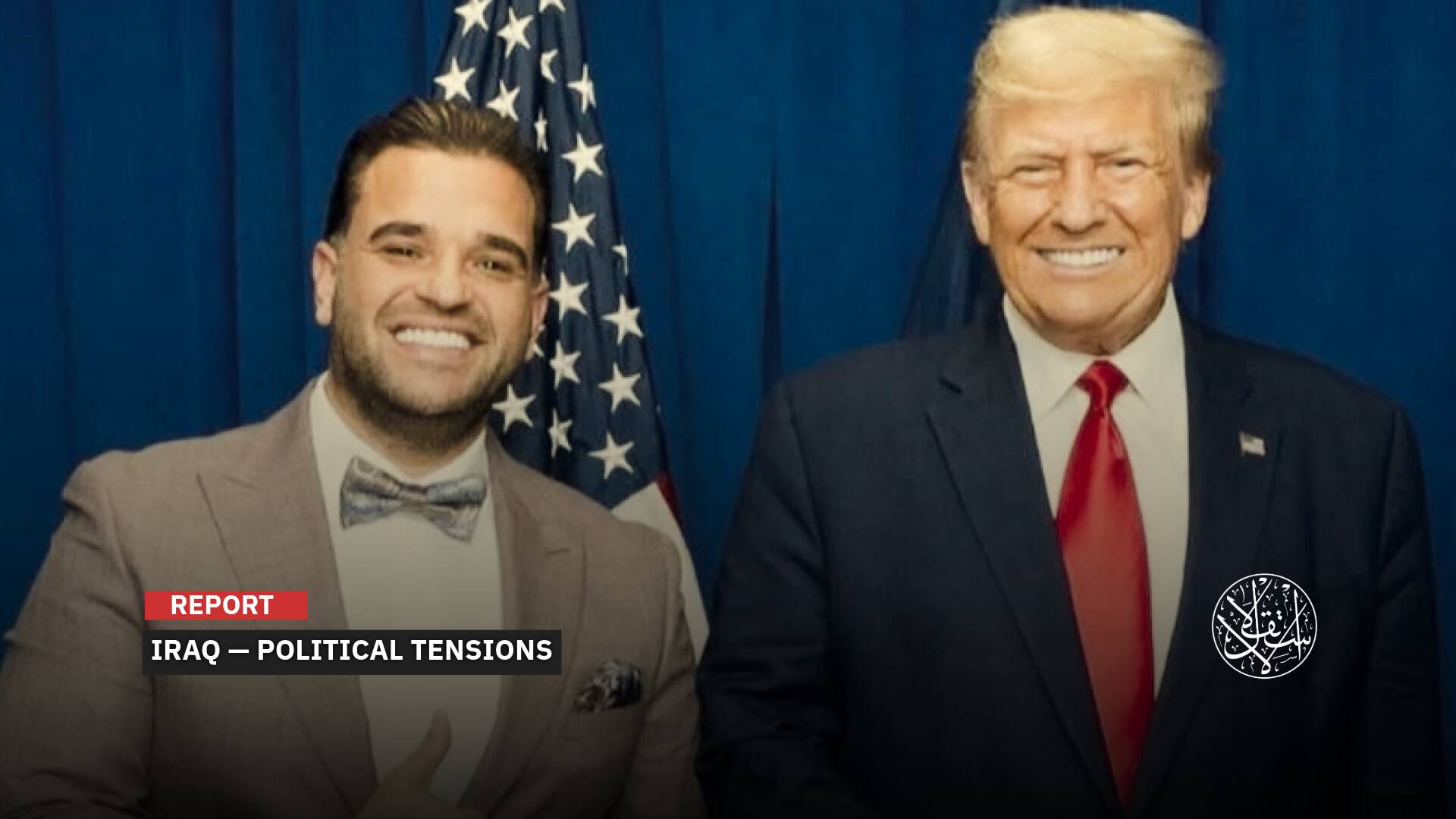‘Peres Project’ Exposed: How 'Israel' Plans a New Sykes-Picot for the Middle East

Erdogan said “Israel’s” aggressive attacks are part of a new conspiracy.
In an unprecedented warning from a NATO member, Turkish President Erdogan accused the Israeli Occupation of plotting a new Sykes-Picot to reshape the Middle East through war.
Erdogan’s warning shed light on the nature of this Israeli-led project and raised questions about how far Turkiye is willing and able to go in countering it, especially given the open Western support for Benjamin Netanyahu’s government.

A New Conspiracy
Marking the 100th anniversary of the infamous 1916 Sykes-Picot Agreement, Turkish President Recep Tayyip Erdogan warned that “Israel’s” aggressive attacks are part of a carefully planned new conspiracy targeting the Middle East. He asserted that the Republic of Turkiye is fully aware of every clause and detail of this plot.
Speaking at the Organization of Islamic Cooperation (OIC) summit in Istanbul on June 20, 2025, Erdogan said: “Israel” will not succeed in its goals by committing mass atrocities and expanding the circle of fire in the region. “We know this conspiracy mirrors the Sykes-Picot centenary, and it’s no coincidence.”
He made it clear that Turkiye will not allow new agreements resembling Sykes-Picot to be forced upon this region through bloodshed. “We won’t stand by and watch while Israel commits massacres across the Middle East,” he added.
Erdogan also compared Netanyahu’s ambitions to those of Adolf Hitler, warning: “Just as Hitler’s spark set the world on fire 90 years ago, Netanyahu’s Zionist ambitions are pushing the world toward a similar catastrophe.”
He condemned Israeli Occupation’s assaults on Gaza, Lebanon, Yemen, Syria, and most recently Iran, describing them as acts of piracy. “These attacks once again prove that Netanyahu’s government is the biggest obstacle to peace in the region,” Erdogan stated.
“Israel’s claim of establishing a new order in the region with bloodstained hands reflects the deep blindness of its leadership.”
Addressing the international community, particularly those with influence over “Israel,” Erdogan urged: “No one should be fooled by Netanyahu’s poisonous words wrapped in polite diplomacy, which only serve to deepen the conflict.”
The following day, Israeli Prime Minister Benjamin Netanyahu declared, “we will reshape the Middle East” — a phrase he has repeatedly used since the launch of Operation al-Aqsa Flood. He emphasized that “Israel” is “closer to achieving its goals” in Iran following recent U.S. airstrikes on three Iranian nuclear sites.
Speaking at a televised press conference, Netanyahu stated that a great deal had been accomplished and, thanks to President Donald Trump, “Israel” was now closer than ever to reaching its “objectives.” He added that “the operation” in Iran would end once those “goals” were achieved.
Just after midnight on June 24, Trump announced a comprehensive ceasefire agreement between “Israel” and Iran, which came into effect later that morning.

The Peres Project
Speaking about the nature of the plan, retired Brigadier General Abdullah al-Asaad, head of the Observatory Center for Strategic Studies, said Erdogan’s warnings are based on what is happening now on the ground.
“All is tied to the ‘New Middle East’ project outlined by former Israeli President Shimon Peres, which Israel is now actively trying to turn into a guiding framework for the region,” he told Al-Estiklal.
“What Israel is pursuing may be even worse than the Sykes-Picot Agreement. They’re already working on it — a regional order based on sectarian, ethnic, and minority divisions.”
Al-Asaad warned that if “Israel” succeeds, the threat would no longer be hypothetical, as Erdogan suggested, but a concrete reality. “It will be difficult to stop this project entirely, because it is backed by the West, especially the United States, which supports its implementation.”
“Halting the Israeli project depends on the willingness and coordination of regional powers to resist what Israel is attempting to impose,” he added.
The earliest vision of the “New Middle East” is credited to Shimon Peres, who introduced the concept in his 1993 book of the same name. His vision emerged in the wake of the Oslo Accords, signed on September 13, 1993, and imagined “Israel” integrating into the region through regional peace and economic cooperation, with “Israel” leading in terms of economic, cultural, and intellectual influence. The goal was to prevent future uprisings.
In January 2024, Hebrew media reported that Netanyahu was pushing to realize the vision of “Greater Israel,” particularly after Israeli forces seized control of Mount Hermon in Syria.
Historically, the expansionist ideology of the far-right Zionist movement has been rooted in religious beliefs claiming that the “Promised Land” or “Greater Israel” stretches from the Nile in Egypt to the Euphrates in Iraq.
On December 11, 2024, Israeli writer Aluf Benn published a column in Haaretz titled ‘From Mount Hermon's Peaks, Netanyahu Plots His Vision of a Greater Israel.’
In the article, Benn noted that Netanyahu’s announcement from the Golan Heights, declaring the collapse of the 1974 disengagement agreement with Syria, signaled, in Israeli terms, a readiness to shift the borders eastward, despite criticism from the UN and allied Arab states.
Benn added that Netanyahu didn’t stop at redrawing borders. In his testimony at his corruption trial Tuesday, he went further, saying that “something tectonic has happened here, an earthquake that hasn't happened in the 100 years since the Sykes-Picot Agreement.”
According to Benn, Netanyahu’s message to the judges was clear: The old regional border system no longer exists.

Sykes-Picot
On its 100th anniversary, the Sykes-Picot Agreement, signed in 1916, stands as one of the most consequential deals in Middle Eastern history. It was struck between Britain and France, with the approval of Russia and later Italy, to divide the Fertile Crescent and carve up the Ottoman Empire during World War I.
The agreement was based on the assumption that the Triple Entente would defeat the Ottoman Empire in the war (1914–1918). It formed part of a broader set of secret arrangements to redraw borders and assert colonial control across the region.
Preliminary negotiations began on November 23, 1915, and continued until January 3, 1916, when British diplomat Mark Sykes and French diplomat Francois Georges-Picot signed a memorandum of understanding on behalf of their respective foreign ministries, in coordination with Tsarist Russia.
The deal was ratified by the relevant governments on May 9 and 16, 1916. Under its terms, the Arab provinces of the Ottoman Empire outside the Arabian Peninsula were divided into British and French zones of control and influence.
Britain was assigned control over what is now Palestine, Jordan, and southern Iraq, as well as small coastal areas including Haifa and Acre to ensure access to the Mediterranean. France took control of southeastern Turkiye, northern Iraq, Syria, and Lebanon.
Through an agreement between Russian Foreign Minister Sergey Sazonov and French Ambassador Maurice Paleologue, Russia was to receive Western Armenia, Constantinople (Istanbul), and the Turkish Straits. Italy joined the pact in 1917 through the Saint-Jean-de-Maurienne Agreement, laying claim to southern Anatolia.
The smaller area of Palestine, distinct from the larger British Mandate that came later, was designated for international administration.
Initially, the agreement served as the foundation for the Anglo-French temporary administration deal of 1918, which outlined how Ottoman lands in the Levant would be jointly managed after the war. Soon afterward, France ceded control of Palestine and Mosul to Britain.
At the San Remo Conference in April 1920, the Sykes-Picot framework was formally adopted to place the Levant and Mesopotamia under British and French mandates.
The British Mandate over Palestine continued until 1948 — the year “Israel” declared its establishment on Palestinian land.
Sources
- Analysis | From Mount Hermon's Peaks, Netanyahu Plots His Vision of a Greater Israel
- Erdogan: Don't listen to Israel's poison, and we won't allow a new Sykes-Picot plot [Arabic]
- Erdogan warns of "Israel's Hitler" and the new "Sykes-Picot" conspiracy [Arabic]
- Netanyahu said that Israel is working to reshape the Middle East [Arabic]
- Erdogan Says Netanyahu’s Ambitions Are Dragging the World Toward a Disaster Like Hitler Did [Arabic]
- Sykes–Picot Agreement


